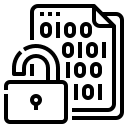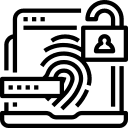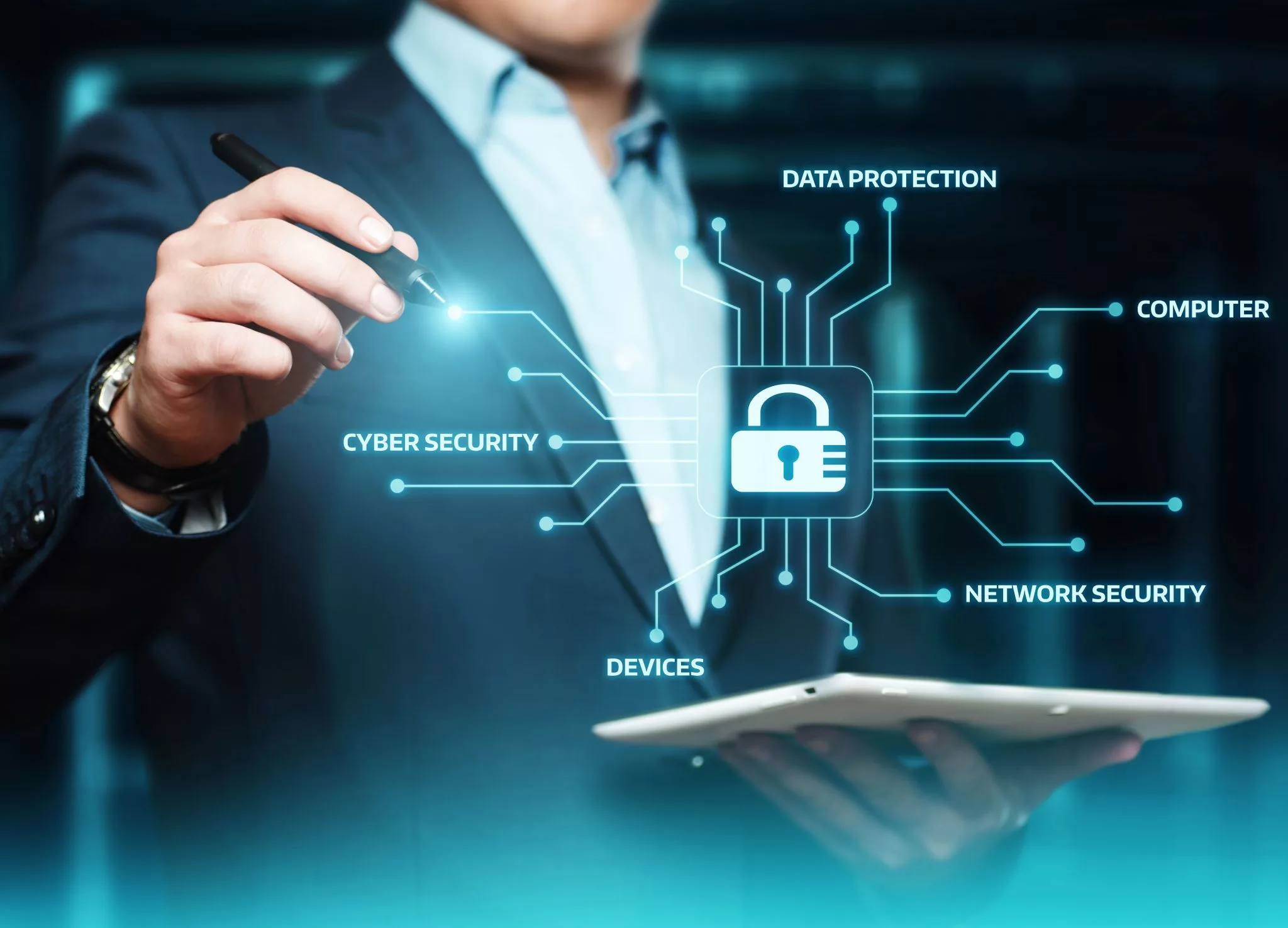Protecting your digital presence is a vital task in today’s interconnected world. By implementing proactive measures, you can significantly reduce the risk of falling victim to data breaches and cyberattacks. Explore these strategies to fortify your online security.
10 Steps to Fortify Your Online Security
- Regular Updates: Keep your operating system, software, and apps up-to-date with the latest patches and security updates.
- Strong Passwords: Create unique and complex passwords for each account. Consider using a passphrase that’s easy to remember but hard to guess.
- Multi-Factor Authentication (MFA): Enable MFA wherever possible to add an extra layer of security beyond passwords.
- Secure Wi-Fi: Protect your home network with a strong password, and avoid using public Wi-Fi for sensitive activities.
- Firewall Protection: Enable firewalls on your devices to filter incoming and outgoing traffic.
- Anti-Malware Software: Install reputable antivirus and anti-malware software to scan for and remove threats.
- Safe Browsing: Be cautious of clicking on links in emails or downloading attachments from unknown sources.
- Email Hygiene: Avoid opening emails from unknown senders, and never share sensitive information via email.
- Privacy Settings: Review and adjust privacy settings on your social media accounts and other online platforms.
- Data Backup: Regularly back up your important data to an external source or a cloud service.


Encryption
Shielding Your Data from Prying Eyes
Encryption is a powerful tool that ensures your data remains confidential even if intercepted by unauthorized parties. It involves converting your information into a code that can only be deciphered by those with the appropriate decryption key. Implement end-to-end encryption for communications and consider encrypting sensitive files stored on your devices or in the cloud.

Multi-Factor Authentication
Adding Layers of Protection
MFA adds an additional layer of security to your accounts by requiring more than just a password for access. This could involve receiving a code on your phone, using a biometric authentication method, or even a physical security key. By requiring multiple forms of identification, MFA significantly reduces the risk of unauthorized access.
By adopting these data breach prevention strategies, you take control of your online security. Vigilance, awareness, and informed actions play pivotal roles in safeguarding your digital world.




